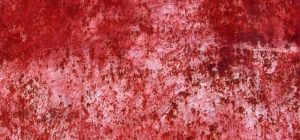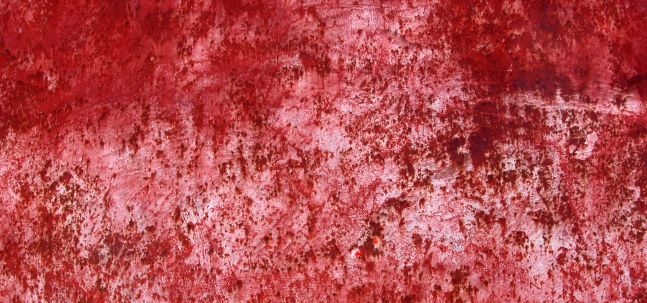
This week’s Torah portion introduces us to seven of the powerful plagues that Hashem wrought over Egypt, bringing the country to its knees and setting the stage for the liberation of His chosen people. At first glance, the individual plagues and their sequence seem to have been chosen primarily for their destructive impact, each wreaking havoc and devastating different areas of the land and its populace. The Midrash, however, offers deeper insights about why the plagues were sequenced the way they were. The first three plagues, the blood, the frogs and the lice, all affected the land beneath the surface of Egypt. The following three afflictions broke out on the surface of the land, whereas the final plagues demonstrated that Hashem controls the heavens and the cosmos above. The ten plagues thus demonstrated Hashem’s omnipotence over all segments of creation.
The commentaries elucidate the precise ‘measure for measure’ dynamic embedded in each plague, so that each act of retribution meted out to the Egyptians corresponded with a specific facet of their depraved conduct. From this pattern, we can derive the exact nature of the spiritual malady that was manifest in the Egyptian people.
When contemplating the first plague, the mind conjures up the Dracula-like sight of the Egyptians’ hands and clothes dripping with blood. Could it be Hashem chose the plague of blood as an opening salvo to shock the Egyptians with the horror and gruesomeness of these scenes?
The commentaries detect a deeper symbolism at play here. Our blood represents the source of our very life’s essence and energy. Our blood vessels carry a steady stream of vital oxygen and nutrients to all the organs of our body. Within each drop of our blood a microcosm of our entire being is embedded.
The Torah tells us about the fertile Nile delta and the material blessing with which ancient Eygpt was blessed. The Egyptians were granted these abundant resources in order to garner the bountiful crops that their Nile yielded. They were supposed to use the Nile’s refreshing waters to nourish their blood supply and live spiritually meaningful lives. However, this people became so debased, they turned the source of Hashem’s bounty into a source of idolatry by deifying the waters of the Nile. Their society became so degenerate, it was infamous as the most licentious of its period.
Hashem punished them in a true cause-and-effect manner. The very water that was supposed to be ingested and only then transformed to blood as part of normal bodily functions, had become a focal point of debased idol worship; this corrupt conduct was thus reflected by water being instantly converted to blood.
Since they had allowed their animalistic instincts to govern their humanity, during the course of the ten plagues they were subdued by the physical elements and by the animal kingdom. They enveloped themselves in the darkness of the material world, and were therefore afflicted with the plague of darkness. Similarly, because they had severed their connection to their life source, their firstborn, which represented the pinnacle of their physical prowess, were stricken with death.
Upon reflecting on the nature and severity of the plagues it becomes readily apparent that all that takes place in the physical world is a reflection of a deeper spiritual reality. By employing our physical strengths to service our higher calling, we can ensure that like the Jews in Egypt, we will be spared the physical maladies that were Divinely inflicted on the Egyptians. Our homes will instead be beacons of light and inspiration and we will merit to be connected to the Divine in a uniquely intimate way.
Text Copyright © 2013 by Rabbi Naftali Reich and Torah.org.
Rabbi Reich is on the faculty of the Ohr Somayach Tanenbaum Education Center.


